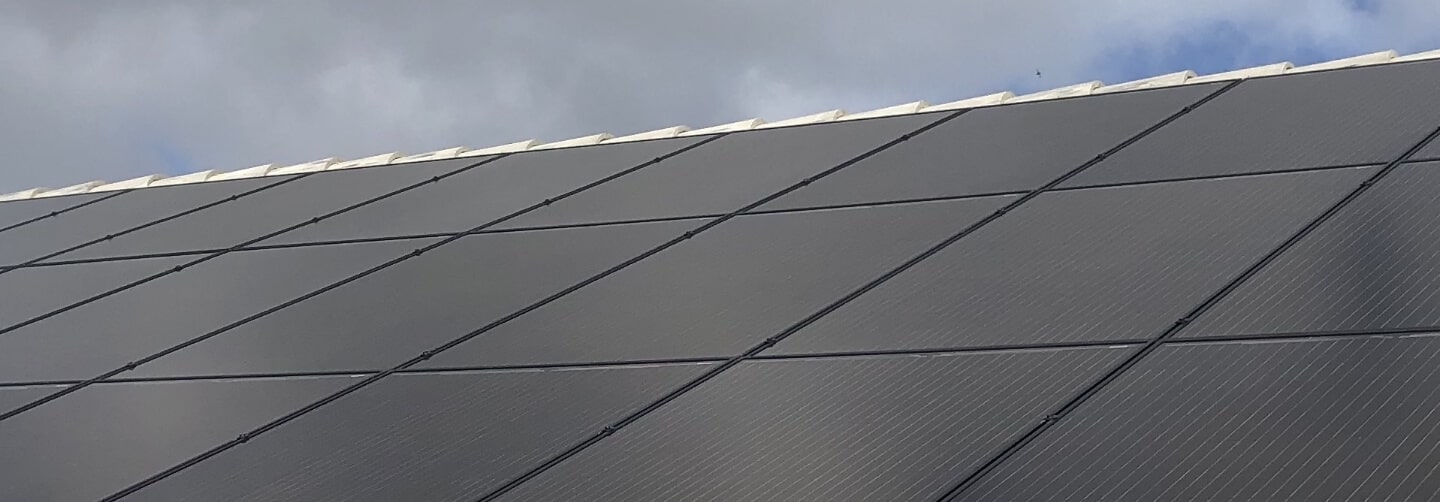Three Types Of Solar Panels Explained
If you are considering making the switch to solar energy, you may be wondering about the different types of solar panels out there. Most solar panels fall under one of three types, and the one that will work best for your household depends on your individual needs and concerns. You can find out more about each type of solar panel in this article.
Monocrystalline Solar Panels
Monocrystalline solar panels are the most efficient of the three, with an efficiency rate that can reach above 20%. However, they also cost more than the other two types. The cells are cut from a pure single crystal of silicone before being assembled into columns and rows to form a rectangular shape. After which, the arrangement is covered in a glass sheet and framed.
Appearance-wise, most monocrystalline solar panels are black because of the way the silicone interacts with sunlight. However, the back sheets and frames can come in a variety of different colors, usually silver, white or black.
Polycrystalline Solar Panels
The cells in polycrystalline solar panels are derived in the same way as those of their monocrystalline counterparts. The main difference lies in the composition of the silicone. Instead of being cut from a single crystal, polycrystalline panels make use of fragments from various silicone crystals that are melted into a mold.
These solar panels tend to appear bluish, and likewise, the frames and back sheets can come in a diverse range of colors, most commonly silver or white. With an efficiency rate of between 15% to 17%, polycrystalline solar panels tend to cost less than monocrystalline ones.
Thin-Film Solar Panels
As implied by its name, thin-film solar panels are thinner than the above two types of panels. Did you know that the cells within these panels are approximately 350 times thinner than those used in monocrystalline and polycrystalline panels? Although the cells are much smaller, this doesn’t necessarily mean that your panel will be much different in thickness, especially if it makes use of a thicker frame.
When it comes to appearance, thin-film solar panels can either take on a blue or black hue, depending on the specific material they are derived from. The efficiency rates of these panels lie around the 11% mark. This is because the capacity of each thin-film solar panel system will differ, unlike its monocrystalline and polycrystalline counterparts, which come with specific wattages.
Let Solar Energy Solutions of America Provide a Customized Solution for Your Needs
There are many reasons to turn to Solar Energy Solutions of America for your residential solar needs. With an increasing focus on renewable energy sources and abundant sunshine to be had in Southwest Florida, making the switch to solar energy is a great choice. Our team is proudly veteran-owned and -operated, and you can be assured that we are fully licensed and insured for your peace of mind. Check out our gallery today to view some past projects we have worked on for our clients.
